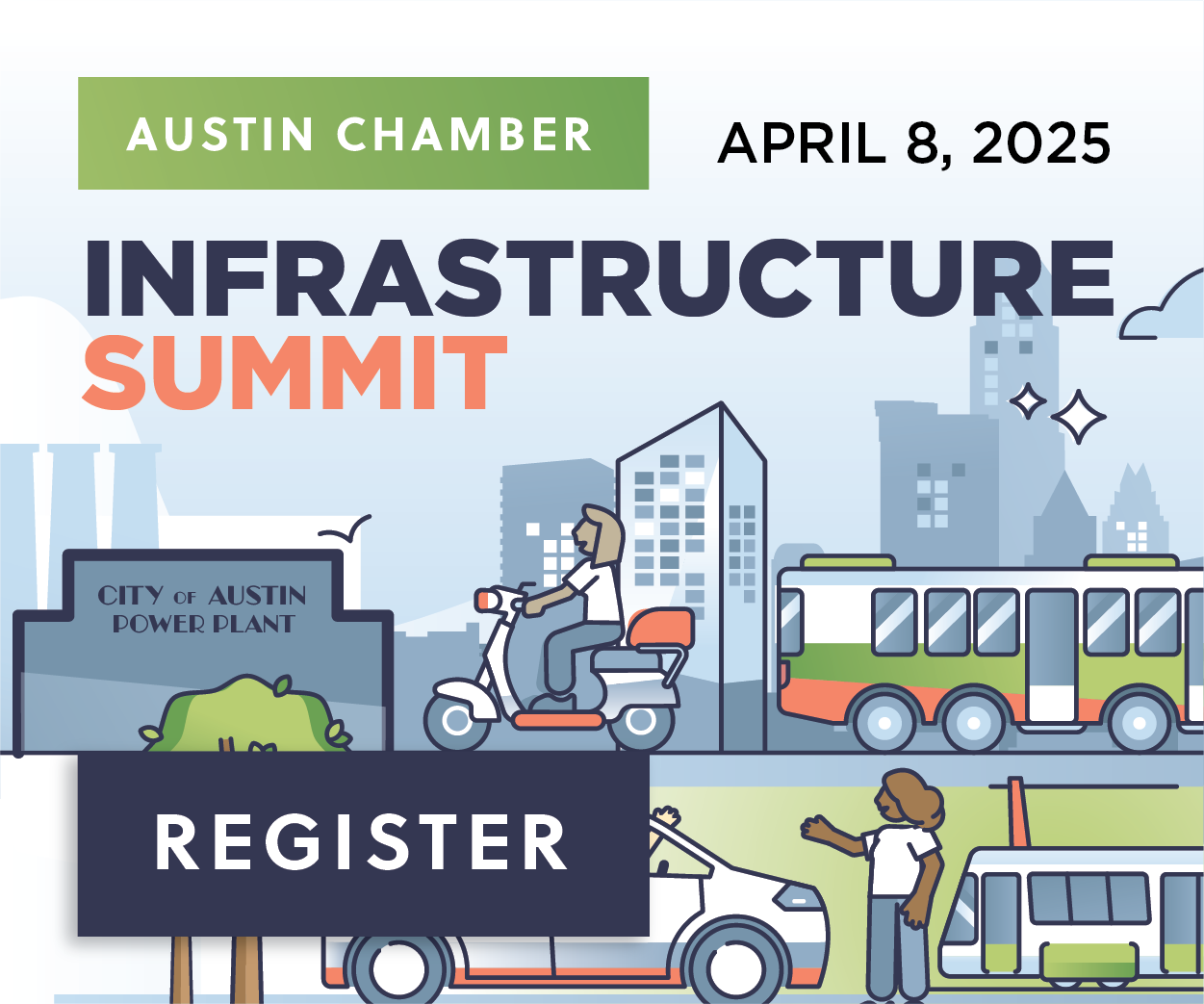Traffic volumes increasing on MoPac
Thursday, December 14, 2017 by
Caleb Pritchard The MoPac Improvement Project, originally sold as a congestion relief initiative, has driven up the number of drivers on parts of the roadway, with some sections seeing an increase of nearly 30,000 vehicles per day.
“The traffic has returned,” Jeff Dailey, deputy executive director of the Central Texas Regional Mobility Authority, told his board of directors on Wednesday morning.
Since the second and final express lane opened in late October, traffic volumes have been steadily growing along some sections of the project. And even as some parts of the corridor have seen a reduction in time delays, unexpected problems have surfaced in other sections.
For example, southbound travel times in the MoPac Expressway general purpose lanes between Parmer Lane and Cesar Chavez Street during the morning peak hours have dropped by more than half. Between 7 and 9 a.m., that trip used to take more than 30 minutes. Now, a typical run takes just over 13 minutes.
However, during the afternoon rush, the typical travel time peaks higher at 35 minutes, five minutes longer than what a driver would typically expect before the express lanes opened. Drivers heading north on MoPac’s non-tolled lanes, particularly in the evening, also still face significant delays.
Part of that is due to the 28,000 extra vehicles each day that are filling the roadway between Enfield Road and RM 2222 since the express lanes opened.
Christopher Mwalwanda with the consultant firm CDM Smith assured the board that the continued traffic congestion is typical of a project that added one express lane in each direction.
“You’re allowing for more throughput on your express lanes but the general purpose lanes are still going to break down and that’s what’s driving some of the people into the express lanes,” Mwalwanda explained.
Drivers willing to pay to use the express lanes have largely been able to bypass slower traffic in the general lanes, though there have been several instances of wrecks or otherwise disabled vehicles blocking or slowing traffic in the toll lanes.
The average weekday rate for a northbound trip from downtown to Parmer Lane is $1.11, while the average southbound toll is $1.01. The automatically adjusted toll hit a high of $9.64 in the northbound lane on the evening of Nov. 8.
While drivers are still getting comfortable with the express lanes, other aspects of the project have upended traditional traffic patterns on key side streets and feeders. Traffic on Cesar Chavez Street – the only route from downtown to the northbound express lane – has jumped dramatically. Before the MoPac project was finished, westbound Cesar Chavez handled 19,400 vehicles per day. Since late October, that count has increased by 25 percent to 24,200.
Additionally, the reconfiguration of a ramp along Winsted Lane has created a merging conflict that is backing up traffic as far away as Enfield Road in Clarksville.
Dailey told the board that engineers are considering a variety of potential solutions, a point that Executive Director Mike Heiligenstein reiterated.
“I told them, no-holds-barred, look at everything. Just try and figure it out, even if there was an overpass from that off-ramp somehow,” Heiligenstein said. “Whatever it is, look at every option to see if there’s an alternative to what’s happening there, which is just damming the flow off of MoPac.”
Board Member Charles Heimsath responded with what he identified as “the uncomfortable question.”
“Why was this not anticipated?” he asked.
Heiligenstein replied, “The modeling focused on the, as I understand it, MoPac corridor. It did less of a modeling of particular side streets and that was one of them.” He added that the modeling was conducted by the Texas Department of Transportation late last decade.
Photo by Lars Plougmann made available through a Creative Commons license.
The Austin Monitor’s work is made possible by donations from the community. Though our reporting covers donors from time to time, we are careful to keep business and editorial efforts separate while maintaining transparency. A complete list of donors is available here, and our code of ethics is explained here.
You're a community leader
And we’re honored you look to us for serious, in-depth news. You know a strong community needs local and dedicated watchdog reporting. We’re here for you and that won’t change. Now will you take the powerful next step and support our nonprofit news organization?







